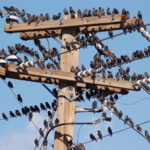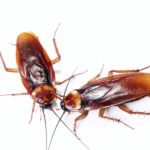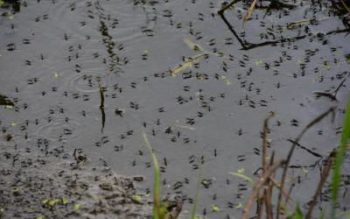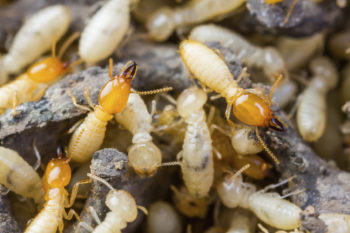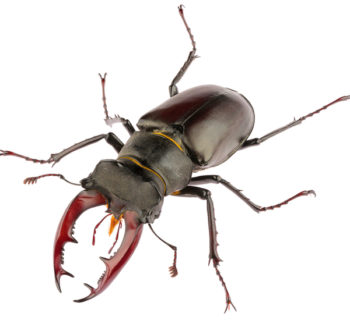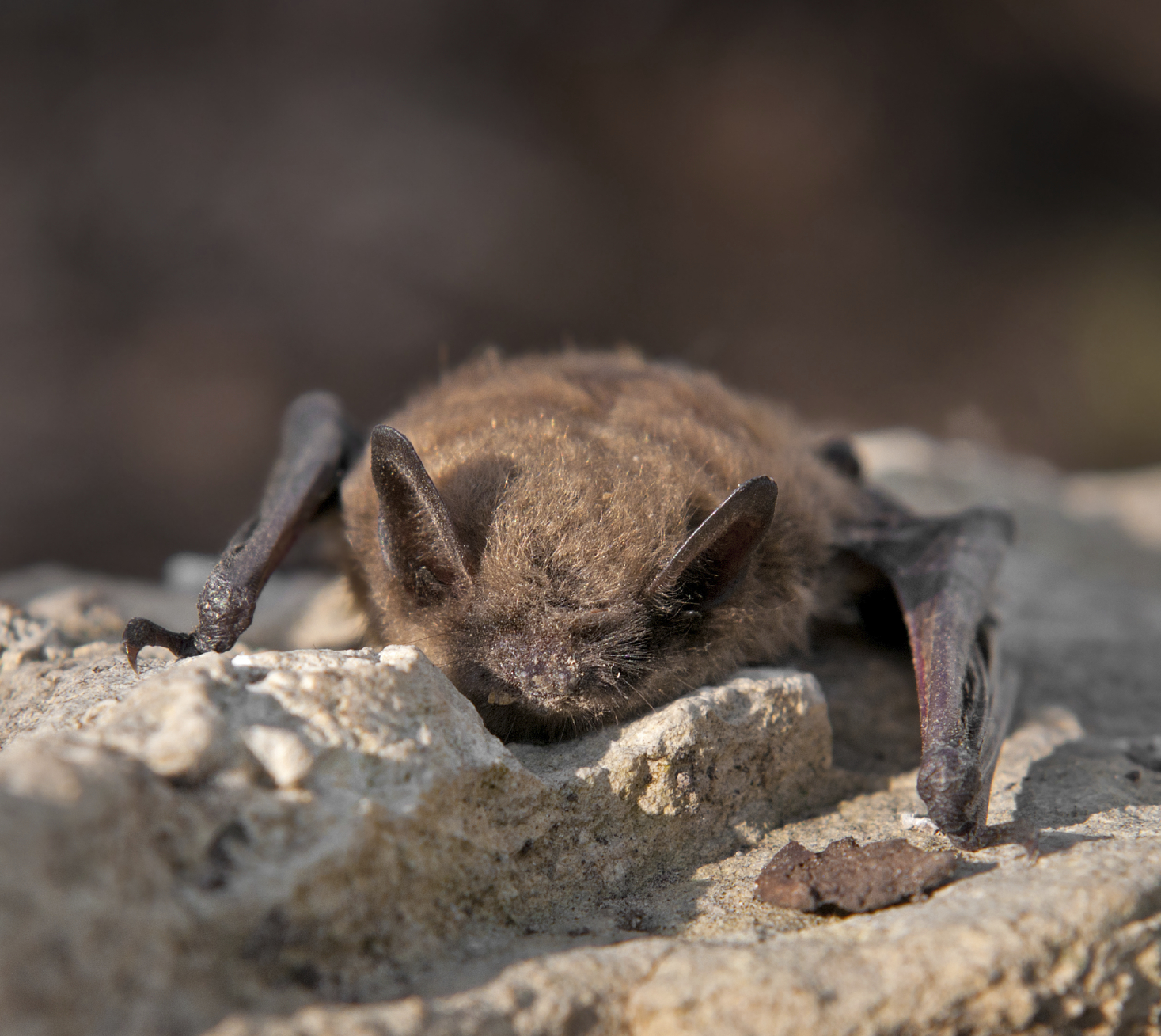
Bat population under threat:
Bats are often a misunderstood and unappreciated animal. Their prowess at feeding on night flying insects – particularly mosquitoes – is a great benefit to Michigan homeowners looking to keep their backyards free of pesky mosquitoes and other pests including beetles, wasps and moths.
Michigan’s bat population, however, is being threatened by a disease that could cause widespread death among the state’s most commonly found specie – the little brown bat.
First identified in New York State in 2006, white-nose syndrome impacts bats while they hibernate. The condition causes skin lesions to develop that lead bats to use vital fat reserves during the winter thus draining them of these required resources.
The disease causes bats to wake up every three or four days versus the normal 10 to 20 day interval, and arise hungry and dehydrated at a time when there is little food to consume. This causes damage to the bat’s connective tissues, muscles and skin, and leads to their demise.
White-nose syndrome has been identified in 27 states – including neighboring Minnesota – and several Canadian provinces, and has led to significant deaths among bat populations. According to the U.S. Fish and Wildlife Service, the disease has killed 5.7 million bats in the U.S. and Canada.
Researchers at Eastern Michigan University recently estimated that some 300,000 bats hibernate underground in caves and mines within the state – prime breeding grounds for this cold-loving fungus.
What is the potential impact of white-nose syndrome on Michigan homeowners and farmers? While the disease is not threatening to humans, the end-result is that a naturally occurring and highly effective pest management process is being placed at risk of being greatly diminished.
Without a healthy bat population, crops are placed at risk from invasive insects such as the gypsy moth and backyard populaces of mosquitoes can roam unabated. And when you consider bats are capable of consuming as many as 600 mosquitoes in one hour, their absence could be felt on decks and patios from Kalamazoo to Saginaw.
Aside from the annoying itch their bites cause, mosquitoes can spread dangerous diseases including West Nile virus, encephalitis, dengue fever and other mosquito-borne diseases. In 2013, Michigan had 36 reported cases of West Nile virus and two deaths.
With no known effective treatment for white-nose syndrome, state wildlife officials are left to block off caves and abandoned mines to prevent the disease from spreading.
What can homeowners and farmers do to encourage a viable bat presence in their backyards and fields? One solution is to provide bats with a suitable home to nest in – a home you won’t find listed in the real estate section of the paper but one you can build in your workshop.
Griffin Pest Solutions consulted with the experts at This Old House for a step-by-step guide to building the perfect bat house to place on the edges of your property and help keep mosquito and other destructive pests in check.
Bats are very particular about where they’ll live, and their houses have to be constructed in a specific way that encourages them to nest.
The inside of this house is painted black to keep it dark and warm, and the outside is a color that makes it blend in with the surroundings. The space where they go inside the house and roost is only about ¾ inch thick (with a small gap for air circulation). Still, dozens of bats will be able to live in this box and raise their pups.
To view the complete instructions for the 11-step plan to building a bat house, visit the This Old House website at http://www.thisoldhouse.com/toh/how-to/intro/0,,20165965,00.html. The following is a quick overview of the tools and materials needed, and the steps involved.
Tools Needed
• Measuring tape
• Straight edge
• Combination square
• Spring clamps
• Safety glasses
• Jigsaw
• French curve and circle templates
• Drill with ¼ inch drill bit
• Caulking gun and caulk
• Paint brush and paint
Materials List
• 2’ x 4’ section of ½-inch exterior-grade plywood
• One 6’ 1 x 2
• ½-inch deer netting
• Exterior latex paint (black and another dark color)
• Low-VOC adhesive caulk
• 1-inch deck screws
• ⅜-inch staples
• 3½-inch deck screws
The 11 Steps to Building A Bat House
Step 1 – Measure and cut plywood
Step 2 – Draw the bat design
Step 3 – Drill holes for the Jigsaw
Step 4 – Cut Out the Bat
Step 5 – Making the Sides
Step 6 – Attach the Sides
Step 7 – Paint the Parts
Step 8 – Attach the Netting
Step 9 – Attach the Front Piece
Step 10 – Put on the Bat Cutout
Step 11 – Hang it Up

